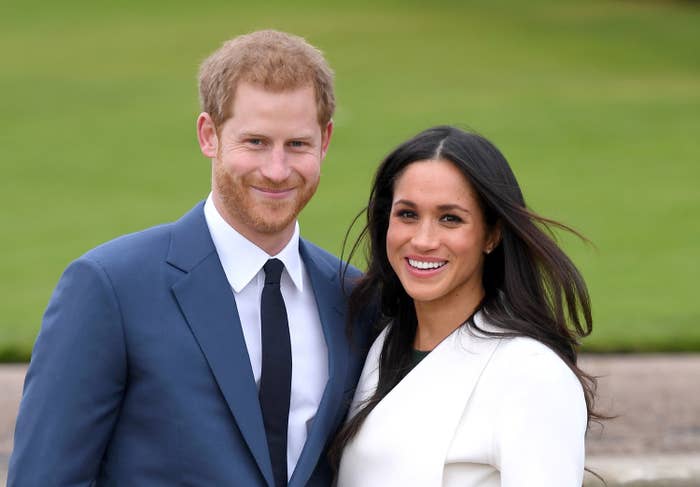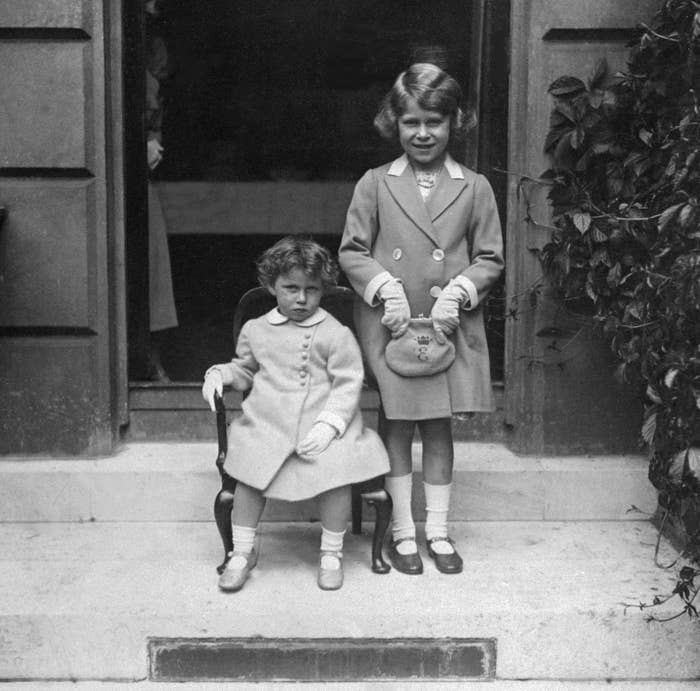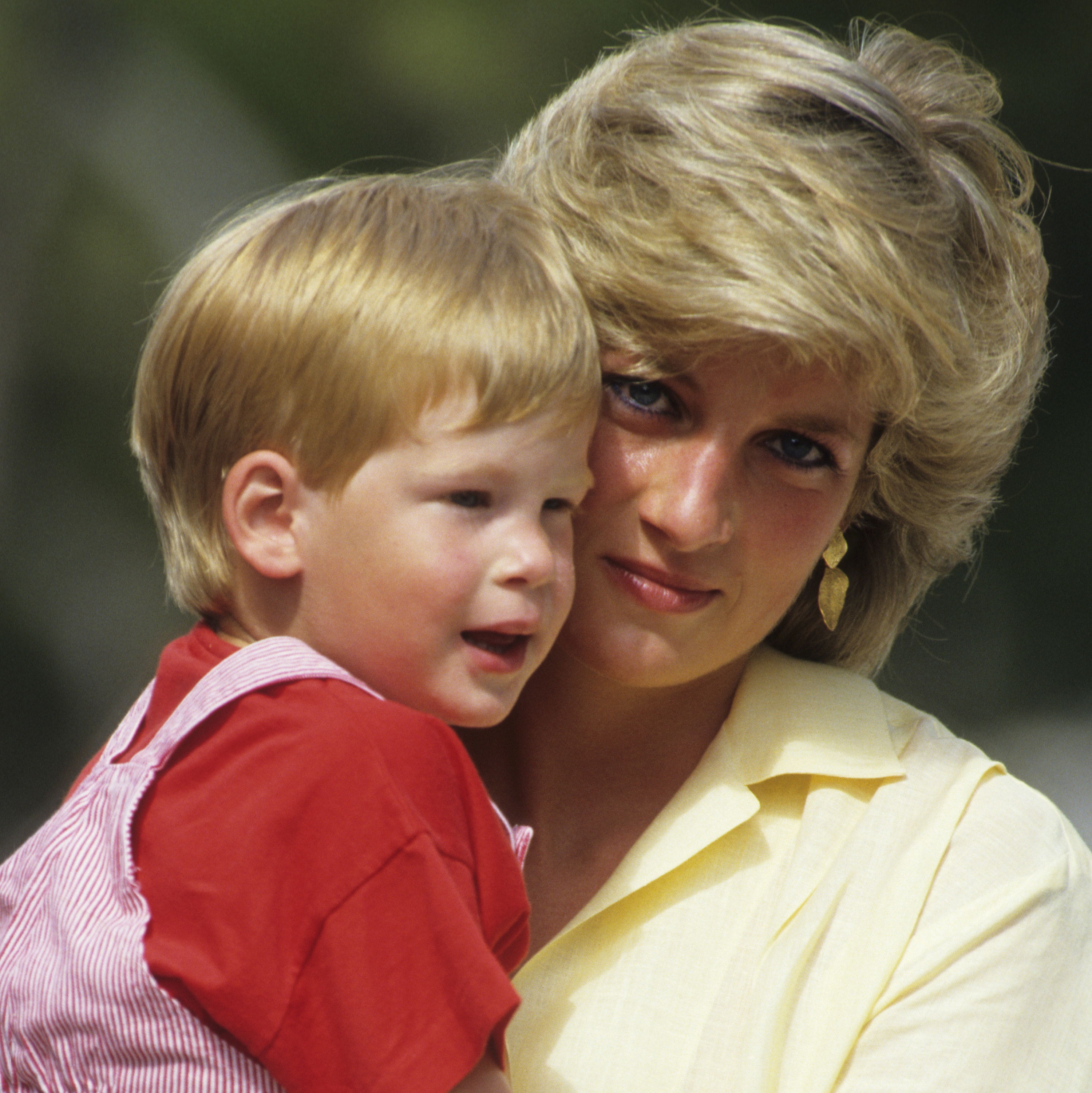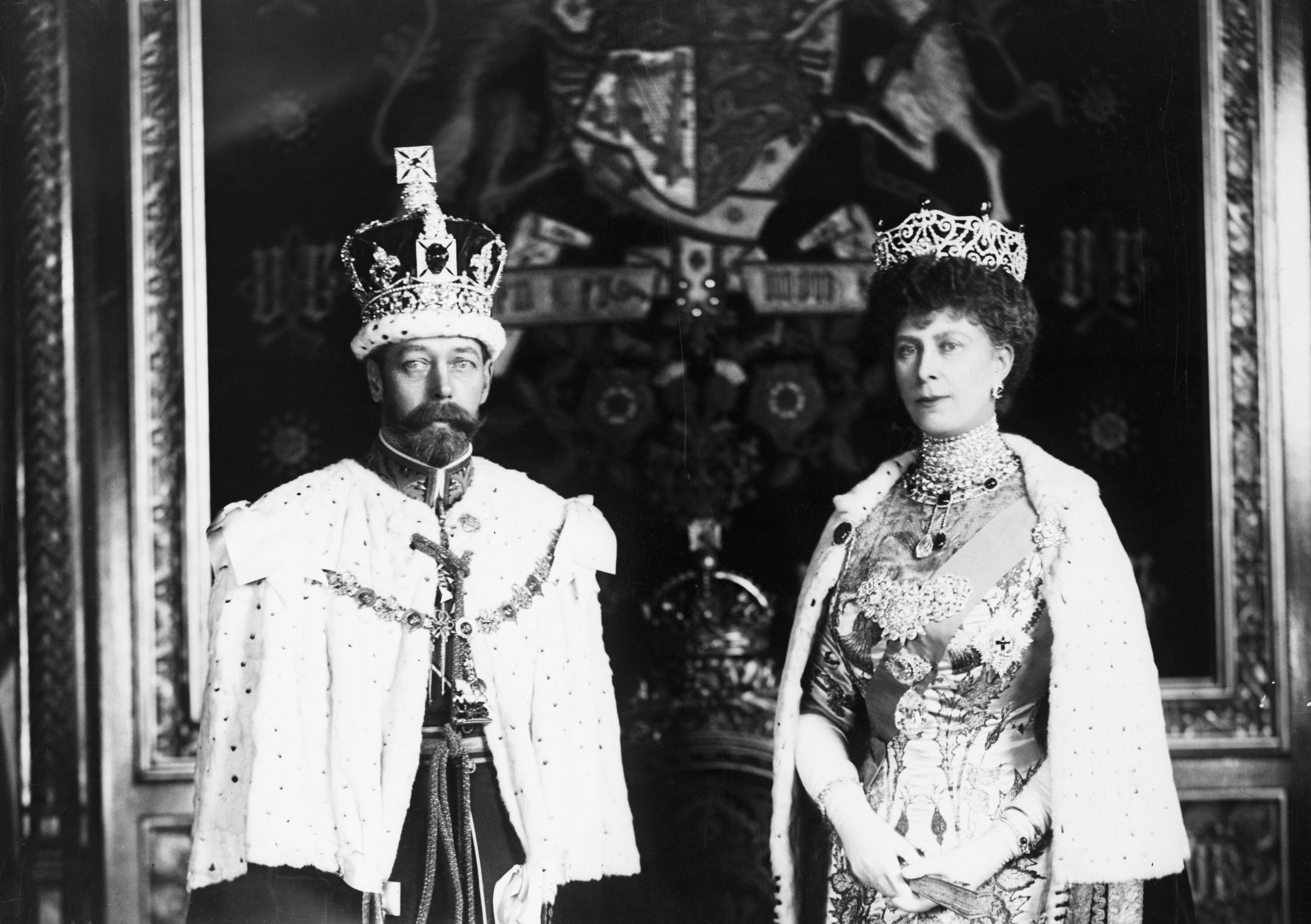
Meghan Markle and Prince Harry welcomed their second child, a daughter, on Friday, a spokesperson for the Duke and Duchess of Sussex told BuzzFeed News on Sunday.
The baby girl has been named Lilibet "Lili" Diana Mountbatten-Windsor.
"Lili is named after her great-grandmother, Her Majesty the Queen, whose family nickname is 'Lilibet,'" the Sussex spokesperson said. "Her middle name, 'Diana,' was chosen to honor her beloved late grandmother, the Princess of Wales."
Here's more about both of those names and their significance to Harry, Meghan, and the royal family:
Lilibet:

Princess Elizabeth Alexandra Mary of York, the future Queen Elizabeth II, was born on April 21, 1926. Her father, George, Duke of York, was the second son of the then-monarch King George V and was second in line to the throne, behind his elder brother, David, Prince of Wales. Elizabeth became third in line to the throne upon her birth.
Carolly Erickson writes in the biography Lilibet: An Intimate Portrait of Elizabeth II that when the little girl began speaking, she had difficulty pronouncing her name, and by the age of 2½, she would refer to herself as "Lilliebeth" or "Tillabet."
Erickson writes that it was Elizabeth's grandfather King George V who combined the two names and gave his granddaughter the moniker "Lilibet," which has stayed with her throughout her life.
Diana:

Okay, this one's kind of obvious.
But Harry and Meghan's choice to use "Diana" as their baby girl's middle name is particularly poignant given some of the things Harry recently said about his mother in the Apple TV+ docuseries on mental health that he coproduced with Oprah Winfrey, The Me You Can't See.
In the docuseries, Harry said that he "had no doubt" that his mother would be "incredibly proud" of him for stepping back from life as a working member of the royal family.
"I’m living the life that she wanted to live for herself, living the life that she wanted us to be able to live," he said. "So, not only do I know that she’s incredibly proud of me, but that she’s helped me get here. And I’ve never felt her presence more as I have done over the past year.
"I wish she could have met Meghan. I wish she was around for Archie," Harry said. He added that a photo of Diana hangs in his 2-year-old son's nursery, and one of Archie's first words after "mama" and "papa" was "grandma" and then "grandma Diana."
"It’s the sweetest thing, but at the same time, it makes me really sad because she should be here."
Mountbatten-Windsor:

Up until 1917, the members of the British royal family did not have an official last name. They just went by whatever dynasty or house they were a part of (think the Tudors, Stuarts, House of Hanover, etc.).
In 1917, King George V, grandson of Queen Victoria, was on the throne. His father had been the first king of the House of Saxe-Coburg-Gotha (this was the family name of Victoria's husband, Prince Albert, who was born in Germany).
However, rising anti-German sentiment in the UK during World War I — and the fall of royal houses around Europe at this time — inspired George V to change the name to something more patriotic. He chose "Windsor," named after the castle, and decreed that all of Queen Victoria's male descendants would have that name.
When George V's granddaughter took the throne as Queen Elizabeth II in 1952, she decided to keep the dynasty name of "Windsor," but in 1960, she and her husband, Prince Philip, Duke of Edinburgh, decided that they wanted their direct descendants to have a different last name from the rest of the very large extended royal family. Since Philip had taken the name "Philip Mountbatten" when he renounced his title as Prince Philip of Greece before their marriage, they chose "Mountbatten-Windsor" to be their immediate family's surname.
You can read more about the history behind the "Mountbatten-Windsor" name on the royal family's official website.
